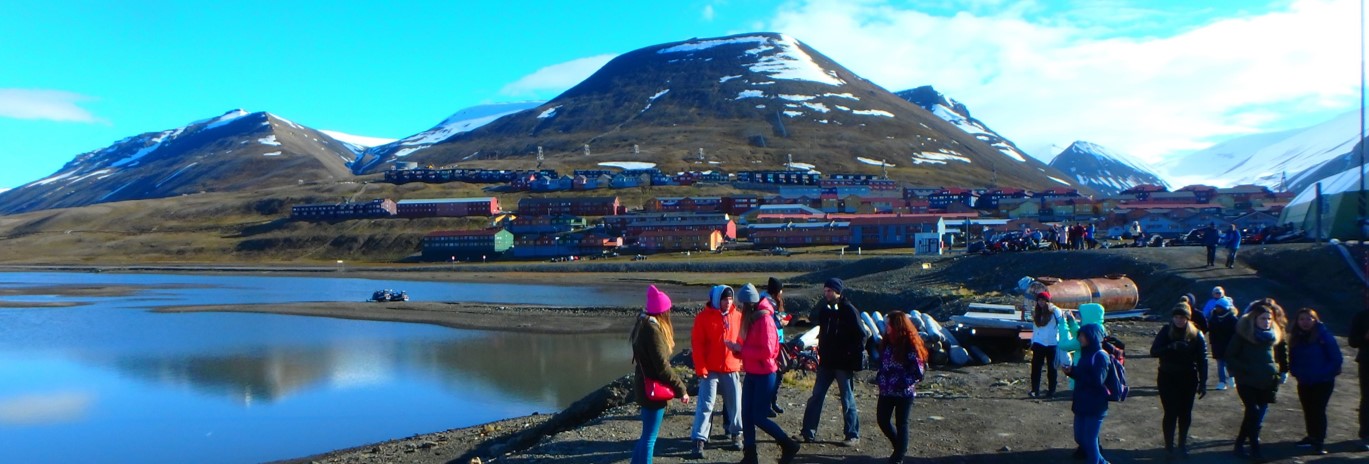Executive Summary
Pharmaceutical and their metabolites are now frequently detected in the effluent of wastewater treatment plants and in the aquatic environment. The current wastewater treatment systems are not designed to remove these emerging pollutants. This gives rise to more stringent requirements in the future and is becoming a challenge for water resource management. Controlling at the origin source is one of the best options to protect the ecosystem. Moreover, source-separation and on-site wastewater treatment could be an effective measure to reduce the risk.
Background
Pharmaceuticals and personal care products (PPCPs) encompass thousands of chemicals found in human and veterinary medicines, over-the-counter drugs, synthetic hormones, food additives, solvents, fragrances, cosmetics, surfactants, etc. Pharmaceuticals in particular are designed specifically to maximize their biological activity at low doses and to target certain metabolic, enzymatic, or cell-signaling mechanisms. If they enter into the ecosystem, there is potentially increased possibility that these pharmaceuticals will be pharmacologically active in non-target organisms.
A major concern raised by the presence of PPCPs in the aquatic environment is their ability to interfere with the endocrine system to produce undesired effects/disruption of homeostasis. An increasing number of studies has confirmed the presence of various PPCPs in the aquatic environment, which raises concerns about the potential adverse effects to aquatic biota, humans and other wildlife. However, the main sources are a small fraction of the wastewater mainly originating from human excreta, which can be controlled at source by implementing source-separation and on-site wastewater treatment systems.
Learning objectives
At the end of this lecture students will be able to:
- understand the potential impacts of PPCPs
- evaluate the main sources, pathways and fate of PPCPs
- assess the role of source-separation and on-site wastewater treatment


